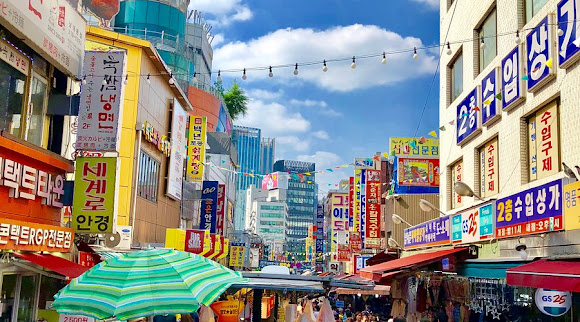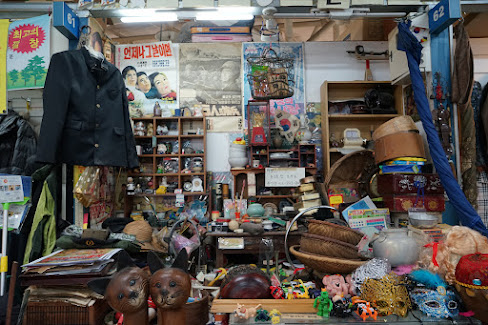외국인이 한국 영주권(F-5 비자)을 취득하는 방법은 여러 가지가 있으며, 신청자의 자격과 상황에 따라 요건이 달라집니다. 대표적인 취득 방법은 다음과 같습니다.
1. 일반 영주권 취득 요건
(대부분의 외국인이 해당하는 일반적인 기준)
✅ 국내 거주 요건
- 한국에서 5년 이상 합법적으로 체류한 경우
- 안정적인 생계 유지가 가능해야 함 (소득 기준 충족)
- 범죄 기록이 없어야 함
- 기본적인 한국어 능력(KIIP 5단계 또는 TOPIK 4급 이상) 필요
✅ 비자 유형
- F-2 (거주 비자) 소지자: 5년 이상 거주 후 신청 가능
- D-8 (투자 비자) 소지자: 일정 기준 이상의 투자를 유지하며 5년 이상 거주
2. 특수 영주권 취득 방법
(특정 조건을 충족하면 5년 거주 없이도 가능)
✅ 고액 투자자(F-5-5)
- 한국에 6억 원 이상 투자하고, 투자기업에서 활동하는 경우
- 부동산 투자(제주도 등 지정 지역) 5억 원 이상 가능
✅ 우수 인재 및 특별 기여자(F-5-11, F-5-16)
- 박사 학위 소지자 + 한국에서 일정 기간 거주
- 국가에 기여한 공로자 (예: 과학, 경제, 문화 분야 공헌)
✅ 한국인과 결혼한 외국인(F-6 비자 소지자)
- 한국인과 결혼 후 2년 이상 정상적인 혼인 생활 유지
- 기본적인 한국어 능력 필요
✅ 한국 국적의 직계 가족(F-5-2, F-5-9)
- 한국 국적 자녀를 둔 부모 (부양 필요)
- 부모가 한국 국적을 취득한 경우 성인 자녀도 신청 가능
✅ 영주권자가 한국에서 출산한 자녀(F-5-12)
- 부모가 영주권을 보유한 경우, 출생한 자녀도 영주권 신청 가능
✅ 특정 직업군(F-5-10)
- 국내에서 3년 이상 전문 직종(의사, 변호사, 교수 등)으로 활동한 경우
3. 신청 절차
1️⃣ 출입국외국인청 방문 → 서류 제출
2️⃣ 서류 심사 (자격 확인)
3️⃣ 면접(필요 시)
4️⃣ 영주권 승인(F-5 비자 발급)
📝 주요 제출 서류
- 여권 및 외국인등록증
- 체류 및 소득 증빙 서류
- 한국어 능력 증명서 (필요 시)
- 기타 개별 요건에 맞는 서류
4. 영주권 취득 후 혜택
✔ 비자 갱신 불필요 (무기한 체류 가능)
✔ 한국에서 경제활동 자유롭게 가능 (취업, 사업 가능)
✔ 한국 건강보험, 국민연금 가입 가능
✔ 일정 기간 후 한국 국적 신청 가능
📌 하지만 참정권(투표권)은 없음 / 병역 의무는 면제
How Foreigners Can Obtain Permanent Residency (F-5 Visa) in Korea
Foreigners can obtain permanent residency (F-5 visa) in South Korea through various methods, depending on their qualifications and circumstances. Below are the main ways to acquire an F-5 visa.
1. General Requirements for Permanent Residency
(These are the standard requirements that most foreigners must meet.)
✅ Residency Requirement
- Must have legally resided in Korea for at least 5 years
- Must have stable income and financial means to support oneself
- Must have no criminal record
- Must demonstrate basic Korean proficiency (KIIP Level 5 or TOPIK Level 4 and above)
✅ Eligible Visa Types
- F-2 (Residence Visa) holders: Eligible after 5 years of residence
- D-8 (Investor Visa) holders: Eligible after maintaining a qualifying investment for 5 years
2. Special Cases for Permanent Residency
(Some individuals may be eligible without meeting the 5-year residency requirement.)
✅ High-Value Investors (F-5-5)
- Must invest at least KRW 600 million (approx. USD 450,000) in Korea and actively operate a business
- Real estate investment of at least KRW 500 million in designated areas (e.g., Jeju Island)
✅ Highly Skilled Talent & Special Contributors (F-5-11, F-5-16)
- Holders of a Ph.D. degree with a certain period of residence in Korea
- Individuals who have made significant contributions to Korea in science, economics, or culture
✅ Marriage to a Korean Citizen (F-6 Visa Holders)
- Must have been married to a Korean national and lived in Korea for at least 2 years
- Basic Korean language proficiency is required
✅ Parents or Children of Korean Nationals (F-5-2, F-5-9)
- Foreign parents of a Korean national child who require parental care
- Adult children of individuals who obtained Korean nationality
✅ Children of Permanent Residents (F-5-12)
- If both parents have permanent residency, their newborn child is eligible
✅ Certain Professionals (F-5-10)
- Foreign professionals (e.g., doctors, lawyers, professors) who have worked in Korea for at least 3 years
3. Application Process
1️⃣ Visit the Immigration Office → Submit application documents
2️⃣ Document Review (Eligibility verification)
3️⃣ Interview (if required)
4️⃣ Approval & Issuance of F-5 Visa
📝 Required Documents
- Passport & Alien Registration Card
- Proof of residence and income
- Korean language proficiency certificate (if required)
- Other documents depending on the specific application category
4. Benefits of Permanent Residency
✔ No need to renew a visa (indefinite stay in Korea)
✔ Freedom to work and do business in Korea
✔ Eligible for National Health Insurance & Pension
✔ Eligible to apply for Korean citizenship after a certain period
📌 However, F-5 holders do not have voting rights and are exempt from military service













































